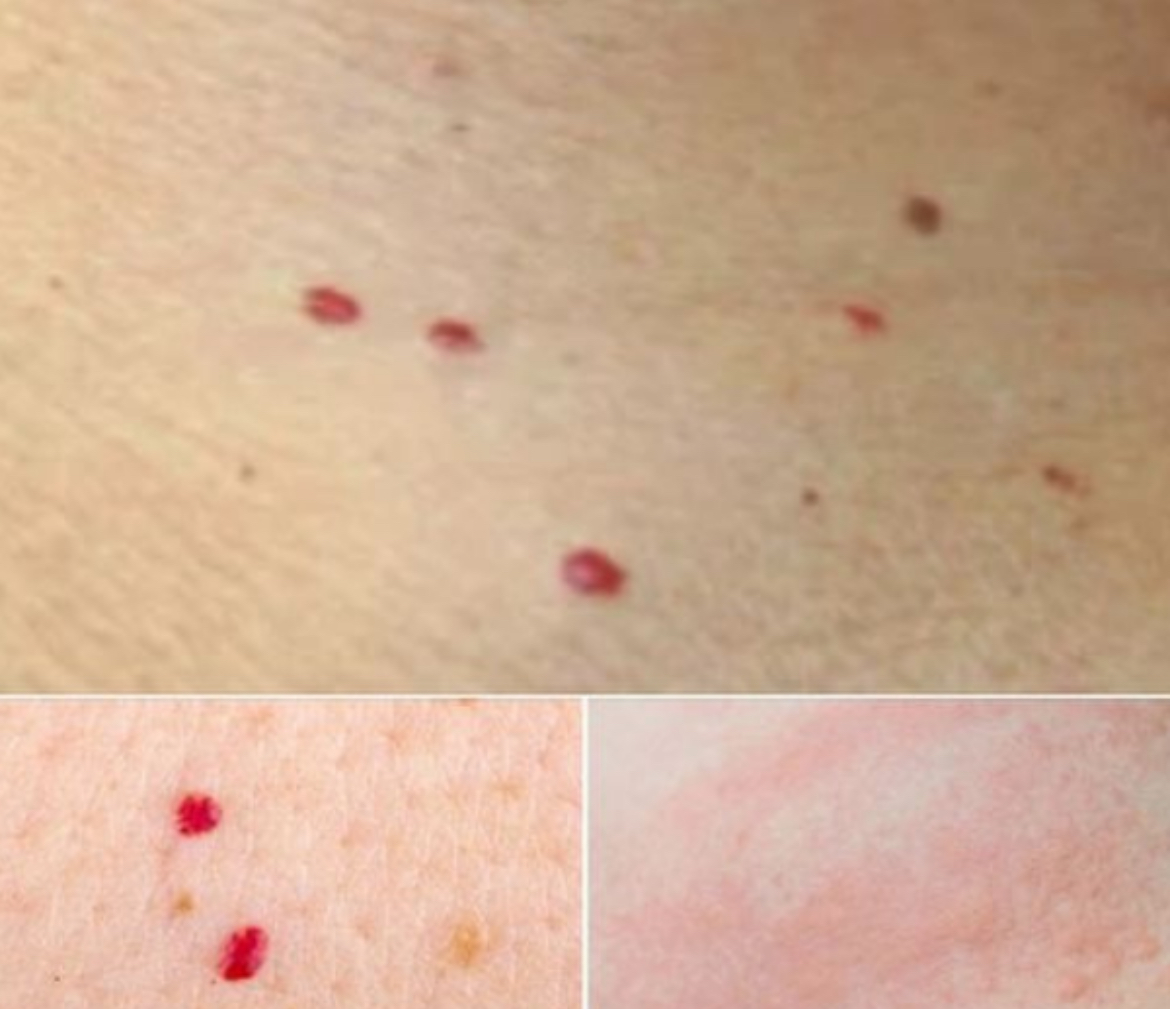Common Causes of Red Dots on the Skin
1. Petechiae
Petechiae are small, red or purple dots that form when small blood vessels under the skin break. These dots are typically less than 2 millimeters in size and can occur anywhere on the body, but they are most common on the upper body and the legs. Petechiae are often a sign of a problem with blood clotting or pressure changes, and they may be associated with:
• Infections: Viral or bacterial infections like strep throat, meningitis, or septicemia can result in petechiae.
• Medications: Blood thinners, aspirin, or certain antibiotics can increase the risk of petechiae formation.
• Platelet Disorders: Conditions like thrombocytopenia, where you have low platelet levels, can make you more prone to developing petechiae.
2. Cherry Angiomas
Cherry angiomas are small, bright red, benign (non-cancerous) growths that form when clusters of blood vessels become dilated. These growths can vary in size and may increase in number with age. While they are typically harmless, they can become irritated or bleed if scratched or bumped.
3. Allergic Reactions
Allergic reactions to food, medications, or insect stings can sometimes cause red spots or hives on the skin. An allergic reaction may lead to inflammation or swelling of blood vessels, resulting in the appearance of red dots. This is often accompanied by other symptoms like itching, swelling, or difficulty breathing, depending on the severity of the reaction.
4. Infections
Some infections, particularly viral ones, can cause a rash or red spots on the skin. These infections include:
• Chickenpox: A viral infection that produces red spots or blisters on the skin.
• Measles: A contagious viral disease that causes a red, blotchy rash to develop.
Continue reading…
